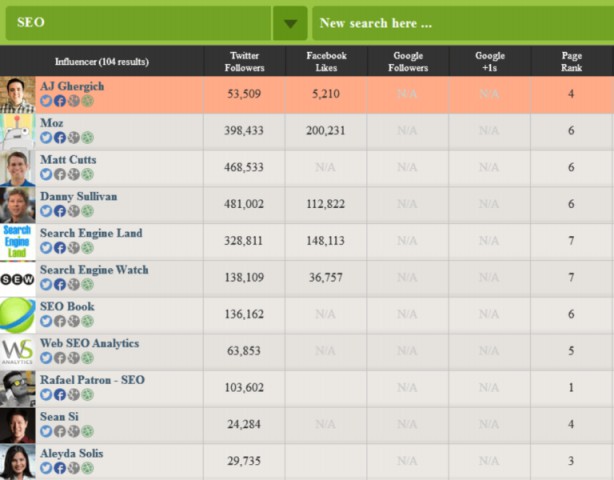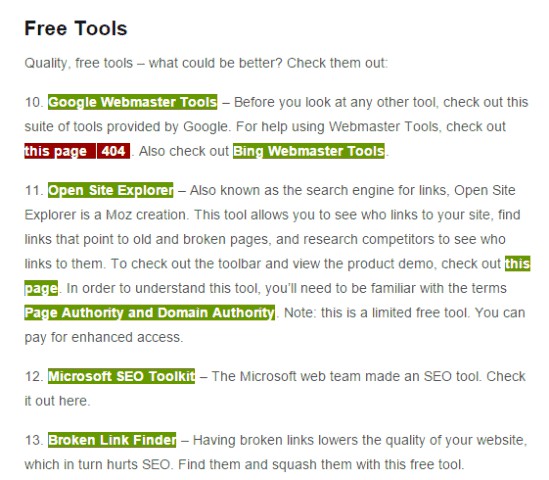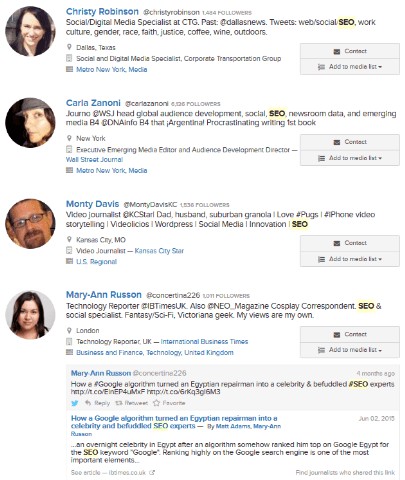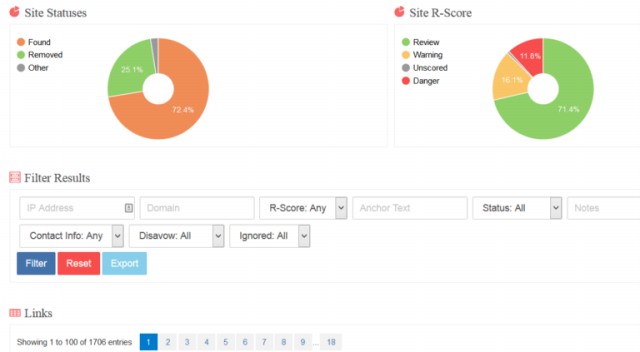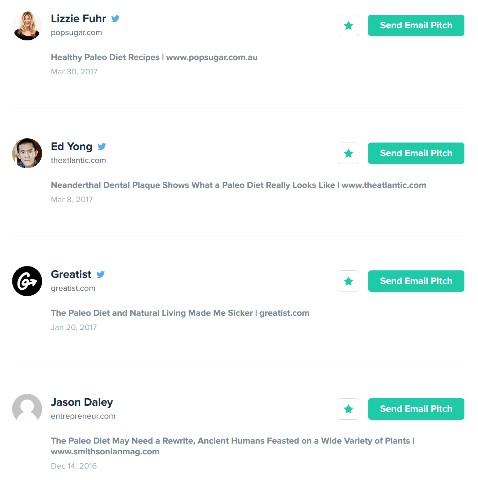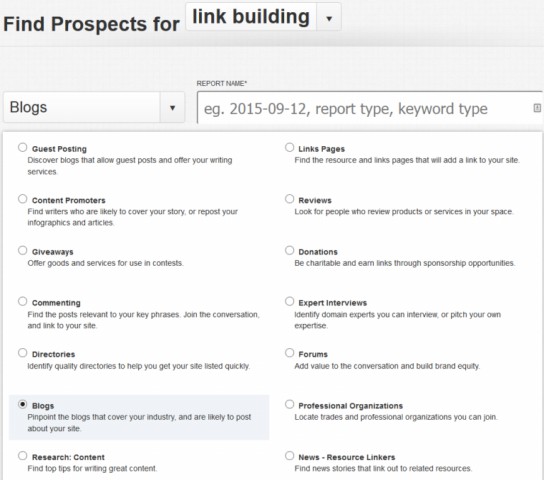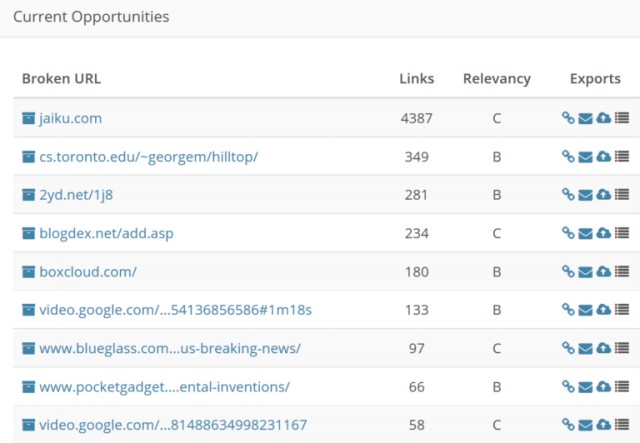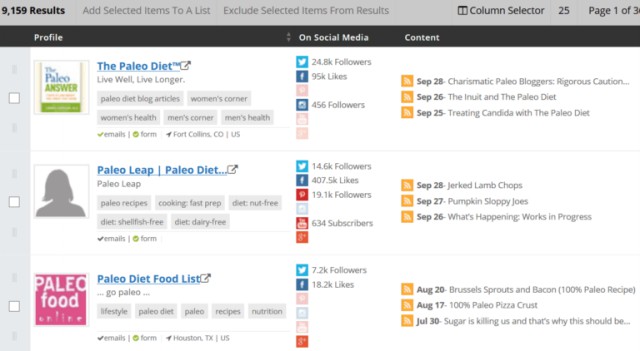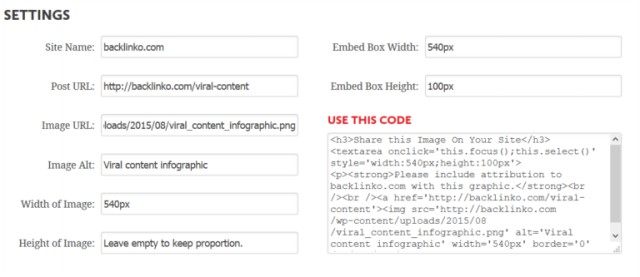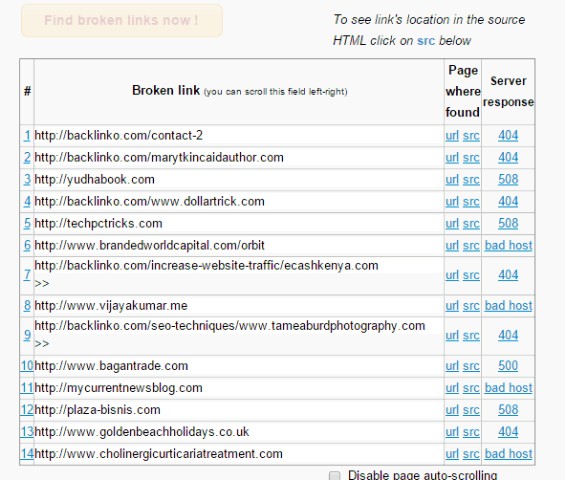SEO Copywriting: 17 Powerful Secrets (Upgraded for 2017)

Knowing Search engine optimization is great.
Knowing Copywriting is excellent.
However, When you can do BOTH?
That's When you can slap an "S" on your chest...
...since You are going to be unstoppable.
And Today I have something which will make you feel like you have SEO superpowers:
17 Insanely actionable search engine optimization copywriting tips that you can use at the moment.
Note: This post was first printed in 2015. I recently gave it a much needed update. I also added a lot of new tips I learned. Enjoy! #s# #/p#

Here's The deal:
Sure, Social sharing buttons help you get more stocks...
...but In most cases, they are not enough.
Instead, I recommend tapping into a newbie's best buddy:
A Call to actions.
Let Me explain.
A Few months back I published "17 Insanely Actionable List Building Strategies That Will Create More Subscribers Today":
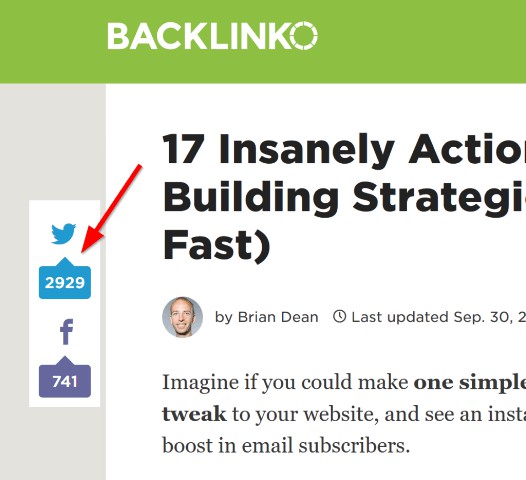
To Maximize the amount of stocks this post got, I added a "click to converse" button underneath each item on the list:

To My post has over 2900 tweets...

...and A good chunk of these 2900 tweets came from my own "click to tweet" buttons:

Here's How you can do exactly the identical thing:
First, Find a super actionable tip or strategy out of your article with masterseo.
Next, Head over to ClickToTweet.com. Click on "basic connection":

Turn Your actionable trick into a tweet:

Switch Your actionable tip to some tweet:

Grab The connection...
![]()
...and Pop up the link in your post.
You Can use buttons just like I did. However, plain-text links also work good:
![]()
Whether You use a button or a plain link, certainly add at least one "click To converse" call to action on your next post.

Look:
Most People believe SEO copywriting is all about putting words.
But In my experience, the STRUCTURE of the articles is just as important as the writing itself.
And What better place to locate demonstrated content constructions than Udemy?

(In Case you are unfamiliar with Udemy, it's a MASSIVE directory of online courses)
Here is How you can use Udemy to make your next piece of content 2-3x more persuasive:
First, Head over to Udemy and input a keyword.
For Example, let's say you were writing a blog article about photography. You would search for "photography":

Udemy Will show you all of the favorite photography classes:

Next, Decide on a class with a lot of reviews.
Here's one:

Once You select a course, have a look at how many people have already enrolled in it.
As You can see, over 70,000 individuals have registered in this photography class:

Do You see how huge this is?
You are Looking at content which 70,000 people have shelled out cold hard cash to get access to.
That Means you don't need to rely in your Spidey sense. You KNOW there is going to be demand for your own content.
Countless Of individuals have already voted...with their wallets.
Now:
After You've discovered a popular course, scroll down to the "Curriculum" section.
That's Where you will find the proven arrangement you can use for your next blog post, movie or infographic:

Obviously, You do not want to tear off the instructor's course. But You can use bits and pieces of this curriculum for your outline:

Now That you have your outline, it is almost time to put pen to paper.
Before You do, be sure that you read another technique in my listing...
After You've included several Bucket Brigades, move onto technique #3...

Today's Super-smart Google does not care how often you cram a key word in your article.
Instead, It pays close attention to Latent Semantic Indexing (LSI) keywords. (LSI Key words are a fancy way of saying: "synonyms and closely related words")
And These LSI key words help Google understand what your page is all about.
For Example, let's say you write an article optimized around the keyword "cars".
How Does Google know whether your page is about:
- Cars the Automobile
- Cars the film
- The 1970s rock band (with awful hair)
- The Canadian Aviation Regulations (CARs)
The Reply? LSI key words.
For Example, when Google sees a webpage with LSI keywords like this...

...they Understand the page is all about the cars you drive.
However, If Google sees a page like this...

...they Know it's about Cars the film.
So How can you add more LSI key words into your articles?
I will explain with an example:
Let's State your keyword was "playstation RPGs".
First, Hunt for that key word in Google:

Then, Scan the page for daring words and phrases which are not the keyword you simply typed in.
Here Are several examples out of Google's first page:

See Just how Google bolds words like "Final Fantasy VIII" and "PS1"?
This Means that Google believes those terms VERY much like the keyword you searched for.
(In Other words, LSI key words)
Finally, Scatter these bold terms into your articles...

When Someone lands on your site from an internet search engine, two things can occur:
They Either leave away...
...or They stick.
And If folks stick on your own webpage such as superglue, Google thinks:
"This Is a fantastic page. Let us give it a rankings boost."
However, If people leave your website like a sinking boat...
That's If Google drops you like a rock.

The bottom line?
If You want higher positions, you have to keep people on your site.
How? Bucket Brigades.
Bucket Brigades are phrases and words that keep folks on your page.
For Case in point:
You May notice that I often use short paragraphs which end in a colon, like this:

That is a Bucket Brigade.
However, What are Bucket Brigades, exactly?
Bucket Brigades are a classic school copywriting tactic that were initially designed to help keep people reading revenue letters.
I have Adapted Bucket Brigades for SEO content and the outcomes are, well, crazy.
In Reality, here's Backlinko's typical time on webpage:

Yes, That is 4 minutes.
A Great chunk of that above-average Time Page is because of the fact I sprinkle Bucket Brigades into every post.
Now It's time for me to show you how to use Bucket Brigades to enhance your Time on Page:
First, Find an area in your content where someone's likely to hit their browser's "back" button...
...and Add a Bucket Brigade.
Start Together with your intro.
Here is An example where I used two Bucket Brigades in my intro:

(By The manner, the Time On Page for this post is over 5 minutes):

You Also wish to use Bucket Brigades at the middle of the articles.

Bottom Lineup: whenever you have a section where someone can get tired and leave, add a Bucket Brigade.
You Can create your own Bucket Brigades...or you can use these tried-and-true Bucket Brigade classics:

And -- bada bing, bada boom -- you are set.
...and You're prepared for trick #4.

Bold promise? Definitely.
However, Remain with me.
What is The big key I am talking about?
Create Your own keyword phrases.
I'll explain.
If You hunt for your brand in Google, you probably rank #1.

You May not have thought about it, but your brand is a keyword...
...a Keyword that you rank #1 for.
But why stop there?
You Can create boatloads of additional organic traffic once you also brand your strategies and techniques.
For Example:
You have Probably learned about The Skyscraper Technique, my 3-step formula for gaining more organic visitors to your site.

Because I branded my approach "The Skyscraper Technique" I finally have a pipeline of additional traffic coming to my website everyday.
In Fact, based on Google Search Console, the keyword "Skyscraper Technique" gets 1,093 searches per month:

Because I rank #1 for that keyword (and look in the answer box) , I receive the lion's share of those 1,103 clicks:

Bottom Line?
Whenever You develop a exceptional strategy, tactic, or technique...
...make Sure you slap a branded name on it.
When You do, you'll find a bunch of additional organic traffic.

A While back I published a article called, "Why Google Hates Your Site (Hint: It Has Something to Do With TrustRank)":

With This post I decided to really go after a keyword my competitors wouldn't bother targeting...
...even Even though it will get a decent number of searches.
What Was the key word?
"Google Hates my website"
Think It or not, I didn't pull this keyword out of thin air.
I Chose this keyword because I saw a great deal of people in SEO forums stating things like this:

And If people post something at a forum, you can bet your ass that they also hunt for the identical item in Google.
So I decided to use a version of the key word in my post:

Today, Besides rank #1 for the goal key word ("Google TrustRank")...

...when Someone searches for "Google hates my website" (and other variations of the lookup), I show up in the top spot:

How Do you use this technique for more traffic?
First, Boost your webpage exactly like you normally would (If you need a hand, check out these 14 advanced on-page search engine optimization strategies).
However, Until you hit "publish", scan forums for phrases and words people have a tendency to use around your topic.
For Example, let us say your main keyword was "organic vegetable gardening".
You would search in Google with inurl:forum + "organic vegetable gardening":

This Will bring up a bunch forum threads around that subject:

Skim The first couple of threads that you discover.
When You find a phrase that seems like a fantastic fit...

Skim The first few threads that you discover.
When You find a phrase that looks like a good match...

...search That phrase Google:

If A lot of outcomes pop up (like with this example), add those words and phrases into your article.

And You are good to go.
